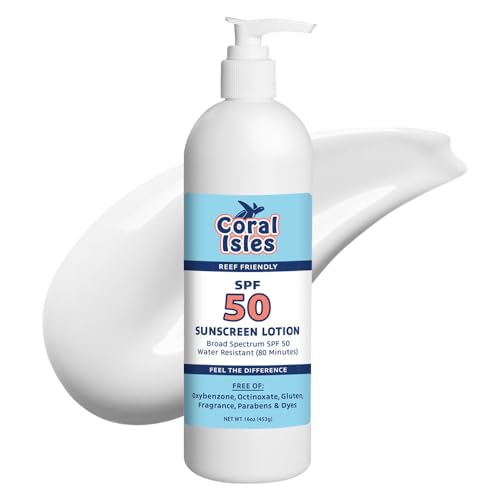I took a peak at one of my Milliporas early this morning, that had the best PE when I brought it home, and has had no PE at all for the past few weeks. Totally smooth. This morning, two days after removing the Coral Beauty and adding the TLF Reactor with Phosban, I can see the polyps just starting to peak out, which I hadn't seen for a few weeks now.
Is the small bit of tissue recession at the base of a few of these Milliporas something to be concerned about? The recession is about 1/8" to 1/4, and not all around the base of the milli, just a portion of it, in kind of a triangular shape. I can post pictures if it will help Obviously, I need to keep an eye on it to make sure it's not spreading, but when do you know if you have to cut off the good part of the milli and remount it? Superglue gel wasn't holding some of these milli's well, so I used an underwater epoxy which is holding much better. The Milli is stuck directly into the epoxy, and is not on a frag plug or rubble. Could that have caused the tissue recession at the base, or does tissue recession just typically start at the base? If I've taken care of the phosphate problem, should I see the tissue recession stop, and possibly re-grow over the bare spot?
I lowered the light from 10" to 9", but that's about as low as I can safely go because the fixture is hung from a cathedral ceiling, and I'm near the end of one of the two cables. I can see if I can get a longer one from the manufacturer if I really need to lower it more. Just FYI...I have the Elos Planet light fixture, and it does have individual reflectors for the MH, and each of the 4 T5 bulbs. I've been told they are really good reflectors. Will the 9" be close enough, or should I look into a new cable?
Skimmer kicked back in 36 hours after adding the TLF phosphate reactor. I'm pretty impressed with the simplicity of the reactor. "Reactor" just sounds like a complicated piece of equipment!

Hopefully I'm heading in the right direction with the SPS.
Thanks for your help!!
Pam





































































